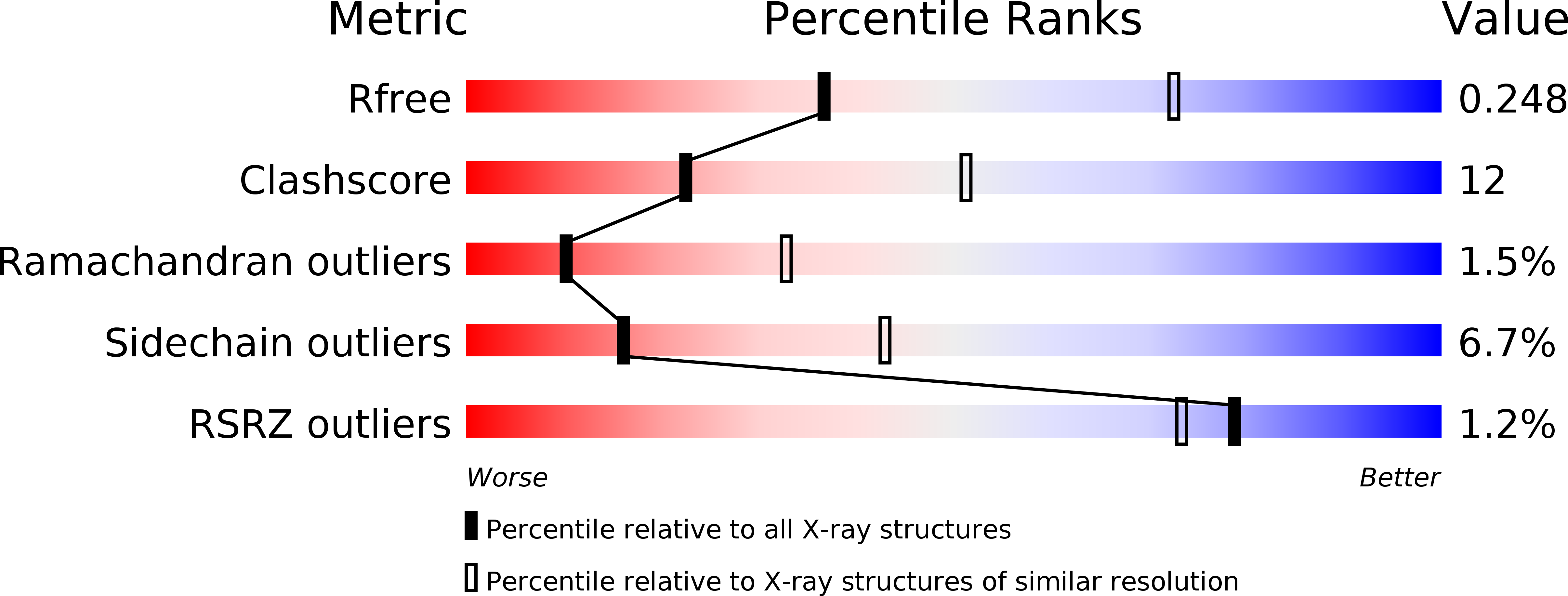
Deposition Date
2013-03-24
Release Date
2013-05-01
Last Version Date
2024-10-30
Entry Detail
PDB ID:
4JUH
Keywords:
Title:
Crystal structure of 1918 pandemic influenza virus hemagglutinin mutant D225G complexed with avian receptor analogue LSTa
Biological Source:
Source Organism:
Influenza A virus (Taxon ID: 59375)
Host Organism:
Method Details:
Experimental Method:
Resolution:
2.81 Å
R-Value Free:
0.24
R-Value Work:
0.20
R-Value Observed:
0.20
Space Group:
P 1 21 1


